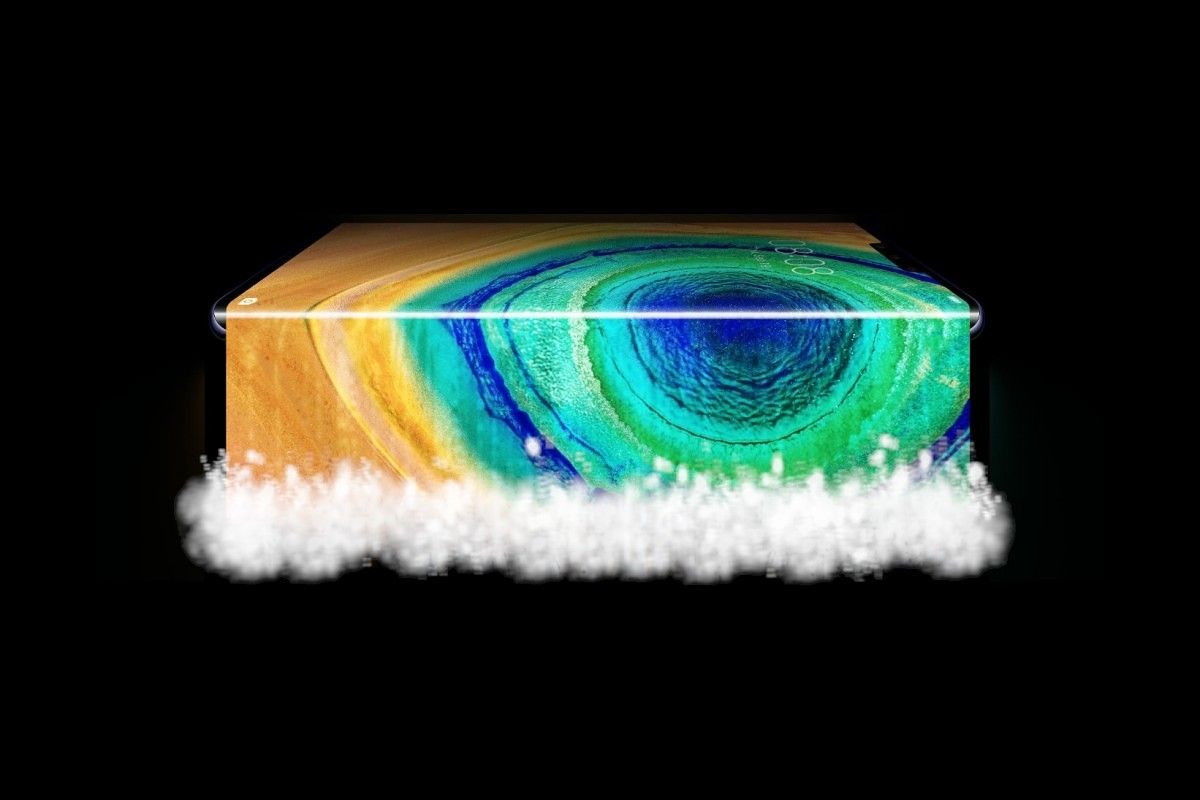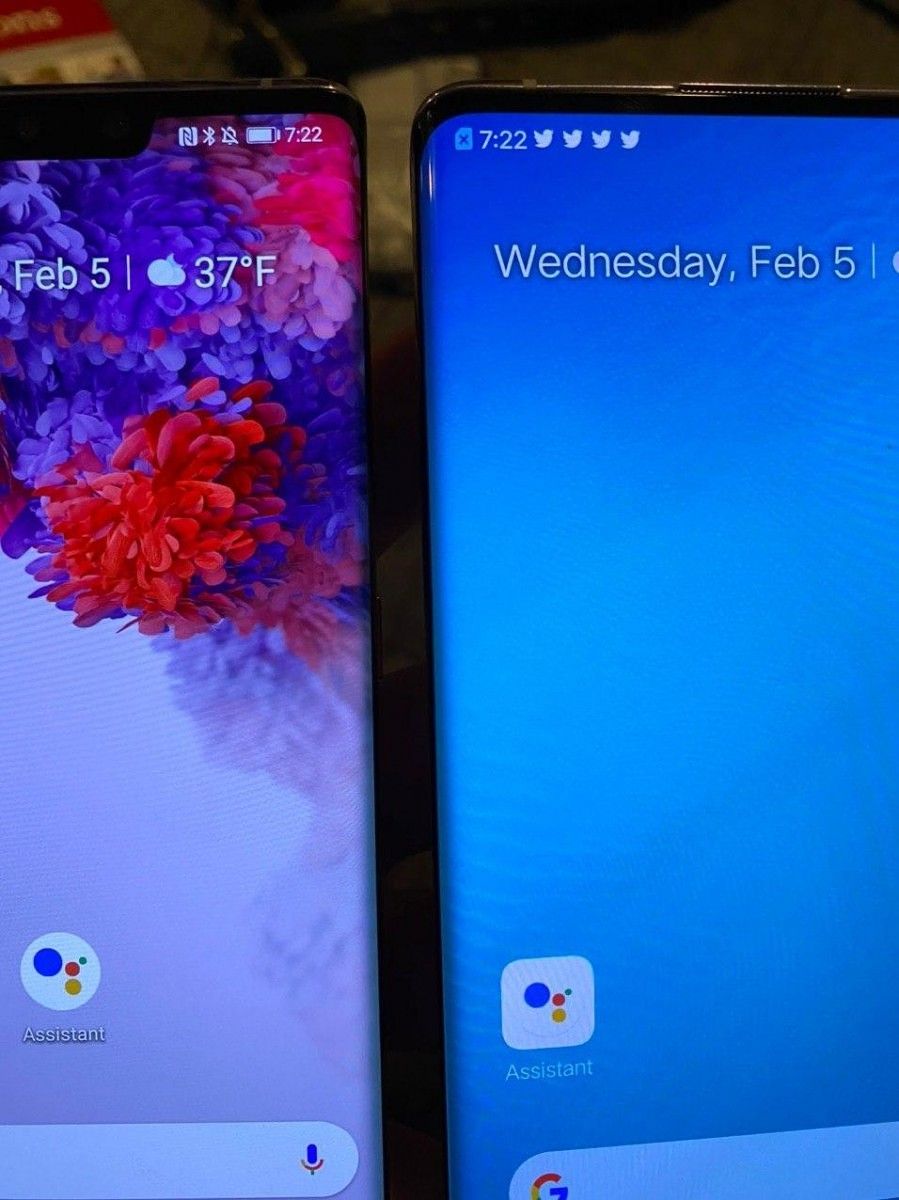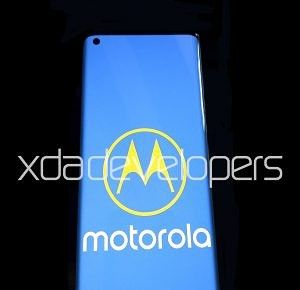Curved screens have been one of the more controversial additions to phones in the past few years. A lot of phone enthusiasts dislike the extreme curves as they pose practical usability issues. Other people swear by curved displays, claiming that the look and feel of the curves are worth the usability trade-offs. This has been a hotly-debated topic and it seems as though some OEMs have decided to go to the extreme with "waterfall" displays. In my opinion, curved screens are here to stay and they are evolving into the new waterfall display.
The waterfall display can be found on two different devices at the moment, the Huawei Mate 30 Pro and Vivo Nex 3. Both of these devices have displays that curve so drastically that they wrap around to the sides of the device. This means there aren't even physical volume buttons on the side. In theory, this sounds like it's going to be a horrendous experience from both ergonomics and palm rejection. In reality, it makes for an absolutely incredible feeling device that also looks futuristic.
I've had both the Vivo Nex 3 5G and Huawei Mate 30 Pro for four months and have used both extensively. Both have different takes on the waterfall display and how it should work with buttons and user interactions.
The Vivo approach is probably my favorite of the two. While Huawei maintains a physical power button, Vivo removes all physical buttons from the sides of the phone. Instead of physical buttons, Vivo opted to use pressure-sensitive buttons for the volume rocker and power button. All you need to do is press where the button would be and it will work. You do get nice haptic feedback from the absolutely fantastic haptic motor to know when the button was pressed successfully.
If you're wondering how you turn on your device since these aren't hardware buttons, don't worry. The pressure-sensitive buttons work when the phone is turned off! You pretty much never need to press a physical button. Vivo has included a physical power button on the top as a backup just-in-case something random happens and you aren't able to use the pressure-sensitive buttons on the side.
This doesn't sound like a normal phone experience, right? To the best of my knowledge, there has yet to be a phone that has come to market without the dominant buttons being physical switches. This is super weird and yet I've come to prefer pressure-sensitive buttons to physical buttons. The combination of superb haptics and incredible false button more than make up for the lack of physical buttons. I actually wish more manufacturers would copy Vivo and include this in their phones.
The Huawei method is a bit more conventional, but only slightly. Huawei basically shoves the power button into the side aluminum frame of the device. Describing it sounds normal until you remember, the glass and display basically make up the sides of the phone. You still have some aluminum there, but it's towards the back of the phone. Basically, the power button is further back on the device frame than it is on most phones. This honestly isn't a big deal and you get used to it very quickly.
Huawei did remove the volume buttons from the Mate 30 Pro, which leaves us in a weird position. There are no pressure-sensitive or capacitive buttons on the side, so there is no mechanical way to change the volume. Instead, you need to use this funky double-tap gesture. You just double tap on the top half of the side of the display on either side. It's honestly an annoying and unnecessary gesture. I really hope OEMs don't follow Huawei's user experience if waterfall displays do catch on.
What about palm rejection? Well, it’s never been an issue in my experience. I haven’t had issues with the device randomly getting touches from my hands or randomly changing the volume while holding it. The algorithms these companies are using are very good. I wouldn't even consider palm rejection an issue on most modern curved phones. As long as you hold the phone like a normal human being, you’ll be good.
I know that was a lot about the user experience and how it affects general phone functions. What about ergonomics and durability? To fully grasp the idea of waterfall displays, you really need to understand what they are. Simply put, it's a large display with curves that fall over the sides of the phone like a waterfall. The screen essentially becomes the sides of the phone.
So about durability? Well, I don’t think it’s a major concern, but it is something people will wonder about. For the record, both the Mate 30 Pro and Nex 3 come with a case in the box and I’d expect most waterfall display phones to do the same. It’s a good way to make sure your phone is protected no matter where you go. You may not love the idea of covering such an eye-catching design in a case, though. But this is not a unique problem for waterfall phones.
The main reason I'm not concerned about durability is these phones really aren't that different. When most phones are dropped, they are dropped on one of the corners or the front/back. The back of a waterfall phone is unchanged from basically any other phone, so you'll have the same durability issues. Similarly, the corners are not hugely different from other phones, especially those with less extreme curved displays. Dropping any phone on a corner is not good.
The weak point of a waterfall display is where the curved display meets the back, creating a sharp edge. This edge is not as protected as the edge of a display on a normal smartphone. Other phones have more material on the sides to protect the display, but on a waterfall phone, the display is actually on the side. So if you drop the phone and the side hits something or lands just right, you could have a problem. Is this likely to happen? Probably not, but it could.
After that, it’s all about looks. Looks, of course, are subjective. To be honest, I really like the look. The waterfall display looks fantastic while down on a table or even in your hand. It just looks futuristic and feels absolutely fantastic to hold. These design traits just make for devices I want to keep using. They are comfortable, sleek, and all-around great.
I’m glad more OEMs are taking a look at these displays and adding them to their own devices. The Huawei Mate 30 Pro and Vivo Nex 3 are the only two waterfall display devices at the time of publishing, but there are more on the way. Soon, Motorola is going to launch the Motorola Edge+ and a mid-range sibling with waterfall displays. I can only imagine what other OEMs have in the works. I’m really excited to see all of these new devices and actually get to use them.



